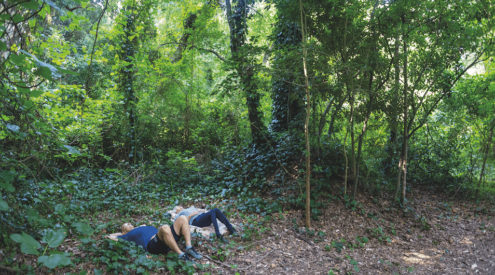For years the world has known of the dodo as the fat, round Mauritian bird that couldn’t fly. Scientists have recently challenged this depiction of the bird, using modern technology to offer an alternative.
The dodo was first seen by Europeans in 1598 on Mauritius, where they were endemic. However, by 1680 this flightless bird was extinct, according to the Oxford University Museum of Natural History.
Contrary to popular belief, dodos were not hunted to extinction by the Dutch settlers. Researchers believe they were not a favourite among the settlers as there were almost no dodo bones found among their ‘trash heaps’ where other food remains were found, reports BBC.
Mauritius was very densely forested as well, which would have made hunting rather difficult, as ‘dodos deep in the heartland would have been well beyond the reach of even committed hunters.’
The biggest contributors, rather are believed to be the rats and other animals like pigs that arrived on the island with the sailors. They likely ate dodo eggs and competed with them for habitat and food.
The camera was not yet invented at the time, and researchers had to rely on sketches of those who had seen it. According to Oxford University, early sketches and paintings were often made from poorly recreated models, and artists rarely had knowledge of natural history. Many paintings were often based on other, living European birds.
Scientists using modern technology have adapted their image of what the bird looked like in recent years. Later bones found combined with previously studied specimens is giving researchers new insights, according to National Geographic. The flightless bird may not have been plump and round, as was once believed. ‘Scans in 3D of a rare, nearly intact skeleton have shown scientists the dodo’s true bone structure and shape.’
A modern representation introduces a much slimmer figure, with streamlined features:
Infographic: The dodo gets a makeoverhttps://t.co/a3dE9zMLbR pic.twitter.com/e6fCf3LCYd
— DamnInteresting.com (@DamnInteresting) July 21, 2020
The dodo gets a makeover – https://t.co/F9wVdXGXZZ via @NatGeoMag pic.twitter.com/UeI9K09uix
— Deborah Lincoln #WeAreNASA (@DeborahLincoln) July 21, 2020
To see National Geographic‘s complete infographic, view here.
Image credit: Pixabay

















